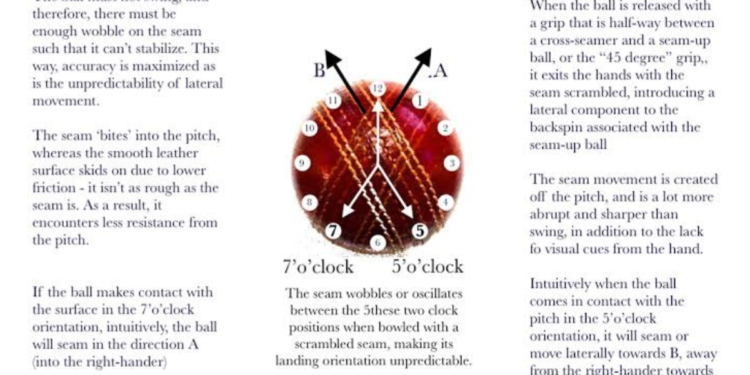Cricket Score Basics
Cricket score is a fundamental aspect of the game, representing the performance of both teams during a match. The score in cricket is denoted in runs, with the team accumulating the most runs being declared the winner. Each team takes turns to bat and bowl, aiming to outscore their opponent within a specified number of overs.
The score in cricket is recorded on a scorecard, detailing the runs scored by each player, the number of balls faced, and wickets taken by the bowlers. Additionally, the scoreboard at the ground provides real-time updates on the current score, keeping spectators and players informed about the progress of the match. Understanding the cricket score is essential for fans and players alike, as it reflects the ebb and flow of the game, capturing moments of excitement and tension as the match unfolds.
Understanding Cricket Scoring System
Cricket scoring is a fundamental aspect of the game that determines the flow of the match and provides crucial information about the performance of both teams. Each run scored by the batting team contributes to the overall score, with extra runs awarded for boundaries and sixes hit by the batsmen. Additionally, wickets taken by the bowling team deduct points from the batting team’s score, adding a strategic element to the scoring system.
In cricket, runs are tallied not only through the batsmen hitting the ball but also through extras like wides and no-balls given by the bowlers. Understanding these nuances in scoring is essential for spectators and players alike to fully grasp the ebb and flow of the game. The scoring system in cricket is designed to accurately reflect the performance of each team and individual players, creating a dynamic and engaging competition for all involved.
Different Formats of Cricket Scoring
In the sport of cricket, scoring is a crucial aspect that varies across different formats of the game. Test cricket, the longest format, sees teams playing two innings each over a span of five days. In this format, the scorekeeper must meticulously record runs scored, wickets taken, and various other statistics to keep track of the game’s progress.
One Day Internationals (ODIs) are limited-overs matches where each team faces a set number of deliveries, typically 50 overs per side. The scoring in ODIs is more fast-paced compared to Tests, with the focus on accumulating runs quickly while managing wickets effectively. Scoring in ODIs requires quick notation of boundaries, wickets, and the calculation of run rates to assess a team’s performance.
How to Keep Track of Cricket Score
To keep track of the cricket score during a match, it is essential to pay close attention to each delivery bowled. As the batting team accumulates runs, the scorekeeper must accurately record the number of runs scored off each ball. This can be challenging, especially in fast-paced formats like T20 where boundaries and singles can quickly change the score.
Furthermore, it is crucial to also note any extras awarded such as wides or no-balls, as these contribute to the total score as well. By maintaining a keen focus on the action on the field and updating the scorecard promptly, the scorekeeper ensures that the score accurately reflects the flow of the game.
Importance of Cricket Score in the Game
Cricket score plays a crucial role in shaping the dynamics of the game. It is not just a numerical representation of runs scored by each team, but a reflection of the game’s progress and intensity. The score keeps players and spectators engaged and provides a clear insight into the current state of the match.
Moreover, cricket score is essential for teams to strategize and make informed decisions during the game. By keeping track of the score, teams can assess their performance, identify strengths and weaknesses, and adjust their gameplay accordingly. It also helps in setting targets, planning bowling changes, and predicting the outcome of the match. In this way, the cricket score acts as a strategic tool that influences the course of the game.























